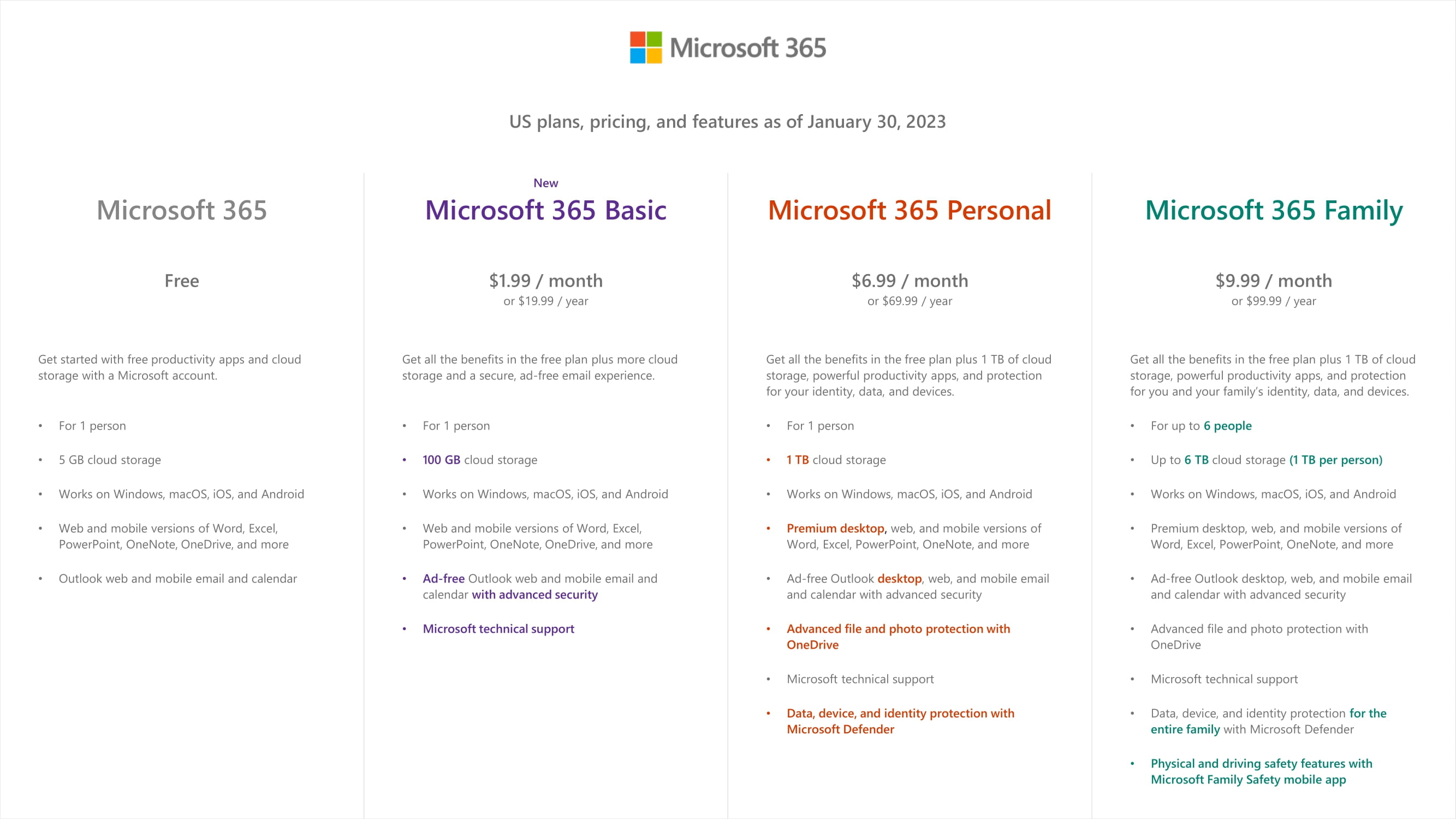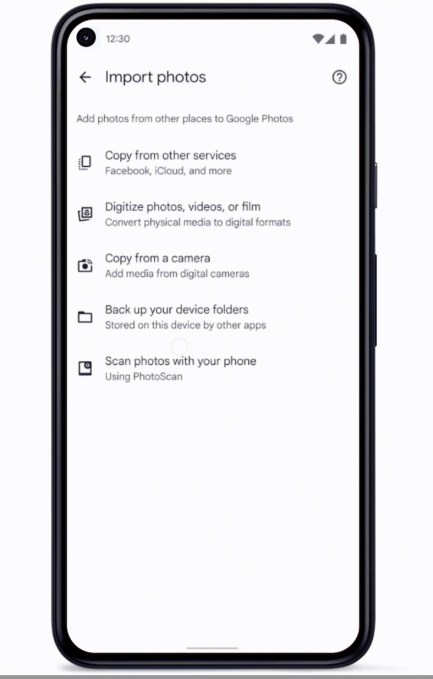
Image Credit: Laura Gilmore
The product managers for heavy equipment, you know things like cranes, backhoes, rollers, etc., have a bit of a problem on their hands. When times are good and people are buying their product, then times are really good. When times are bad, and people stop buying their products, then times are really bad. These product managers are searching for ways to change their product development definition in order to create a smoother revenue stream that would carry them through the bad times as well as through the good times.
Solving The Down Turn Problem
Heavy equipment product managers want to find ways to continue to make money even when people are not buying their product. What they are thinking about in order to drum up the new revenue is connecting machinery to the cloud and alerting miners and builders when they need a tune-up or a new tire. The product manager’s thinking is that this helps customers get the most out of equipment like the huge mining trucks that can cost more than a million dollars.
Equipment product managers also hope that a monitoring service and the added sales of parts and repairs that it can generate will create a steadier revenue stream than sales of new equipment that tend to go up and go down along commodity and building cycles. Diversifying its business is particularly important for equipment product managers as some of its major markets are showing signs of strain. Companies are saying that their profits this year will rise less than expected in part because of slower sales in China. Other U.S. manufacturers are also reporting lower output as economic growth slows in many parts of the world.
Parts and services are the area where they can actually reduce some of the cyclicality. What the heavy equipment product managers are trying to do is to emulate car makers and dealers that sell service agreements along with their vehicles. Industry analysts estimate that 25% to 30% of equipment revenue comes from parts sales. Tractor-maker Deere & Co.has said about 20% of its product revenue comes from the sale of parts.
The Plan Going Forward
Some of the connectivity offerings can be as cheap as a cellphone plan per machine, less than $30 a month. Many are offered free with service agreements. Dealers typically bundle those subscriptions with other monthly fees for maintenance and repairs based on how many hours a piece of machinery is expected to operate. In some regions, customers are being offered free fuel for two years on a new piece of equipment if they sign up for the cloud-monitoring service.
There are currently 700,000 machines connected to cloud services last summer, up from 400,000 in 2016. Numbers like that can look good on a product manager resume. In addition to new machines bristling with cloud-enabled sensors, replacement parts are being made that can feed data back to the company that provided the equipment, like a $50 engine-oil cap that alerts operators when more fluid is needed. Historically, everything was very reactive. Going forward the product managers want to be able to predict what’s going to happen.
In order to make this new service a success, the equipment product managers are counting on their dealers to make that sales pitch. The dealers are planning to have 80% of the machinery sold connected to cloud services by year-end, up from 68% in November. The hope is that sensors on loaders and excavators will drum up sales. The cloud-enabled services system has generated sales and allowed the product managers to troubleshoot some equipment problems remotely rather than send a technician to a customer’s work site. Some customers who are paying to have their equipment monitored for faults said they aren’t sure yet whether the added cost will be offset by more efficient operations and fewer breakdowns.
What All Of This Means For You
Heavy equipment product managers have a bit of a problem on their hands. The industry that they are involved in goes through boom and bust cycles. They do very well when people are buying their large pieces of equipment; however, they do poorly when times are tough and people stop buying. These product managers are looking to their product manager job description for ways to smooth out their revenue and continue to make money even when times are not so good. They think that they may have found a way to do this.
These product managers have come up with a plan to connect machinery to the cloud so that the equipment can be monitored remotely. This will help customers by allowing them to be notified when they need a tune up or a new tire. The thinking is that the revenue from this new service will help when sales slack off. This technique is one that has worked for car dealers for a long time. Dealers will often bundle such services with the equipment when they sell it. Product managers are also starting to make replacement parts that can now be connected to the cloud. If this service is going to be successful, the product managers are going to have to count on their dealers doing a good job of selling it.
The problem that the heavy equipment product managers are facing, sales that drop off on a regular basis, is a real problem. They need to find ways to get their customers to continue to spend money with them even when they are not buying new equipment. The idea of diversifying into offering new services to their customers is a great idea. Now they just need to find ways to prove the value of their services to their customers so that they will buy them!
– Dr. Jim Anderson
Blue Elephant Consulting –
Your Source For Real World Product Management Skills
Question For You: Do you think that product managers should try to sell multiple services to the same equipment owner?
P.S.: Free subscriptions to The Accidental Product Manager Newsletter are now available. It’s your product – it’s your career. Subscribe now: Click Here!
What We’ll Be Talking About Next Time
The post Heavy Equipment Product Managers Search For New Revenues appeared first on The Accidental Product Manager.







